Cet article est également disponible en : Français
In Pakistan, when you want to buy a motorcycle, you have the choice of color. You can choose between red, red and red. All of the same brand, of course. This limits existential questions. As for the models of tires available, I didn’t dare to ask for it. The first thing to notice when passing through India is the diversity of motorcycle brands and models. The queen is of course the Royal Enfield, with its characteristic tufted tuft. The second thing I note is the return of women to the public domain. Pakistan is an amazing country. The adorable Pakistanis, but women are almost absent, except in some places in large cities like Islamabad. And yet, they are few in number. The only Pakistani woman I was able to talk to was a Christian. No judgment. Simple observation. However, I would like to make a small aside. I am French but I spent a good part of my childhood and adolescence in a Muslim country. Circumstances meant that there were no girls of my age in French-speaking communities. And in adolescence boys and girls did not associate with young Turks. So all my friends were boys. I returned to France at the age of 16… and it took me years to learn how to deal with girls. I just didn’t know how to do it. I love countries with a Muslim culture. On many points, I think that we in the West would benefit from being inspired by them. However, and I have been thinking this since childhood, they really need to make their revolution in terms of gender relations. As it stands, it is sclerosing for everyone: women AND men.
I move to a guest-house on the border: Bhandari’s Guest-house. The place is pleasant without being luxurious: swimming pool, wooded park. The rooms are a little expensive, 30 euros, but it is possible to camp there for a fairly modest fee. The story of this guest-house is quite amusing. It was opened in 1955 by a parsimonious woman from Lahore. She had to settle in Amritsar in 1947 during the India/Pakistan partition. She died in 2007 at the age of 101 and was the first woman to drive a car in India. Initially, the clientele of his residence was made up of diplomats who came there to find some peace and quiet on weekends.
I decide to let the heat of the day pass and only go to the golden temple in the evening.The Golden Temple. It is the informal name of the Harmandir Sahib, literally, “The Illustrious Temple of God”. It owes its nickname and colour to the real gold leaves that cover its walls. It was built in 1601 and is located in the middle of a square water basin and considered sacred. The pool is accessed through 4 entrances, one on each side, which symbolize openness to all cultures and beliefs. In 1984, it was the scene of a bloody military operation ordered by Indira Gandhi to dislodge Sikh separatists. In the operation 84 soldiers were killed and 248 wounded. On the pilgrims’ side, 493 people were killed (including 100 women and 75 children). Four months later, Indira Gandhi was murdered by her Sikh bodyguards to avenge the desecration of this holy place.
I go there by motorcycle. To do this, I have to cross a bridge in the name challenges me: the Bhandari bridge, the same name as the one of the guest-house where I am. And for good reason: I will later learn that it was built by the founder’s own husband.
Once there, I have to park in a nearby motorcycle parking lot… and it’s not an easy task. In the middle of these hundreds of motorcycles parked in tight rows, Utopia looks like a mammoth. Simply walking in the aisles is a challenge. My aluminum bass drums keep touching the motorcycles parked on either side. And to park it, we need to move no less than 4 motorcycles. Next time, for sure, I won’t go with a bike over 600 cc. I leave the helmet attached to the bike. A little further on, I stop at a shopkeeper’s to give him my jacket: I like to walk lightly. The temple is equipped with a shoe locker room: it is forbidden to enter the roadway enclosure like mosques. I hand my boots to the attendant. He points to my feet:
“socks! »
Ah? So are the socks. Disciplined, I remove them and then head for the nearest entrance. You have to go through a foot bath. I pull up my pants, which despite the belt tends to fall off. A Sikh guard, all dressed in blue and proudly standing on his spear, stops me. I have to understand that I have to cover my head and point to a garbage can full of scarves. I put one on and enter the compound. The golden temple shines in the middle of the basin, thousands of pilgrims wander around. I don’t see any other tourists. In fact, a small group of curious people called me quite quickly. As much in Iran or Pakistan I went almost unnoticed once my biker outfit was removed, as much here, my status as a foreigner leaves no doubt. At the four corners of the enclosure, it is possible to ask for food: here everyone can stay and eat, and this for free.
A little further on, another Sikh guard told me: it is forbidden to take pictures. Laughing, I point out to him the dozens of people around me who take themselves in selfie using their phones. A little confused, he tells me that he is indeed having trouble enforcing the rules. We clap each other’s hands and leave laughing. I continue a little further, then decide to sit on the edge of the pool. Immediately, a young woman pointed out to me that I was not sitting properly: I should not be swaying my legs in the pelvis. I have to sit in a suit. I definitely keep making mistakes. But no one holds it against me. I am just told the “right” way to do it. I spend a good hour observing the places and people. Many people sit around talking in suits like I am. Others are lying down and sleeping. Some, and not the fewest, pray. Some of them bathe in the sacred water. On one side of the basin, a multi-century-old tree is the object of intense devotion. The place, despite the huge crowd, is conducive to meditation. I finally get out and after picking up my socks and boots, I head for the nearby pedestrian street. It is similar to those that could be found in European cities, with a few details. I stop in front of a police car with a most impressive machine gun on the roof. When I turn around, I fall face to face, face to face with a cow who is watching me placidly, probably intrigued by the tourist that I am. A little further away, beggars are begging. They are all handicapped: severed or disarticulated arms or legs. The one who impresses me the most is a man whose dislocated jaw has been frozen in the position of the “Scream” mask. Voluntary amputation during childhood to pity the onlooker, I’m afraid. India… strangely enough, it’s a country that never attracted me. I will have a few weeks to confirm or deny this a priori.

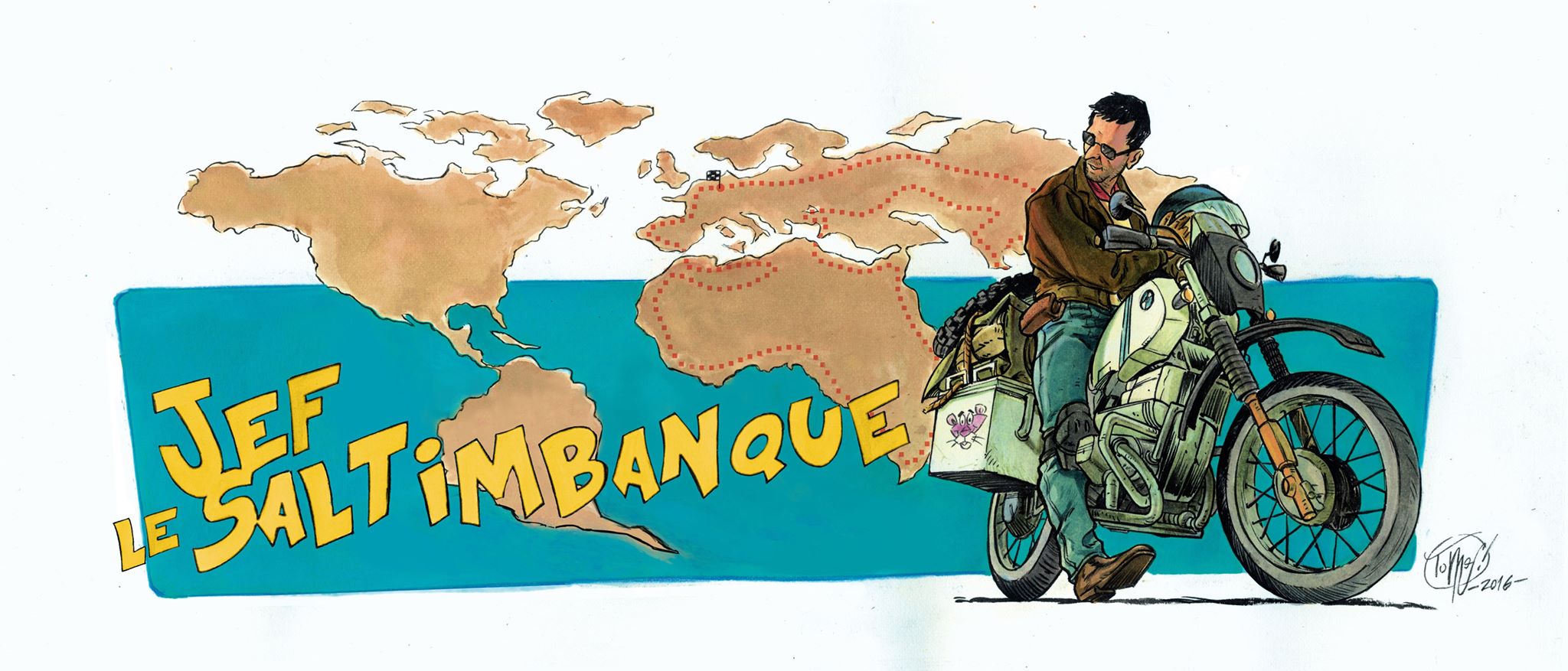
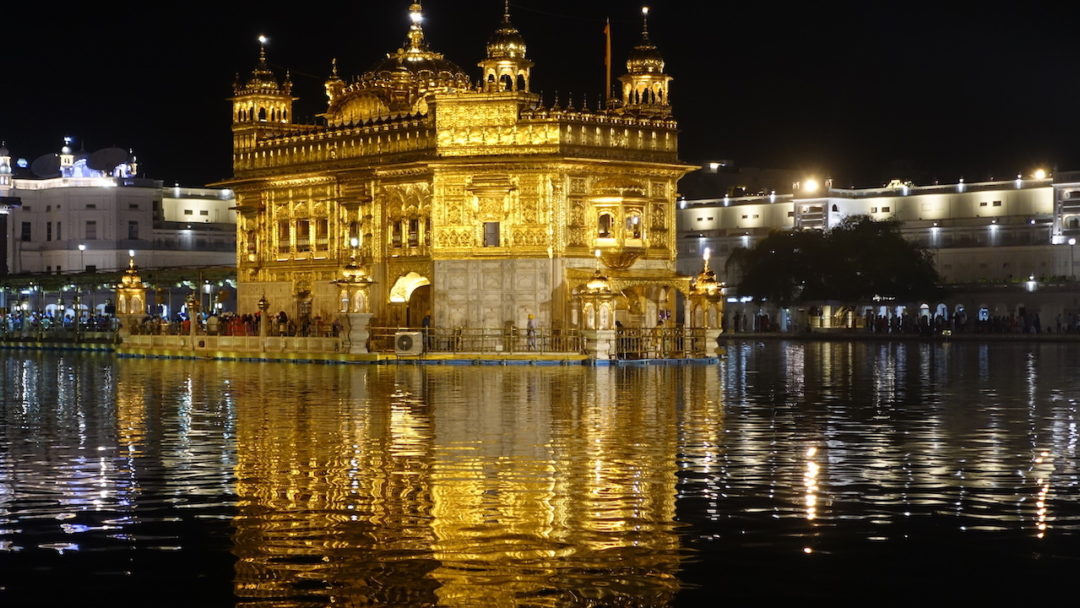
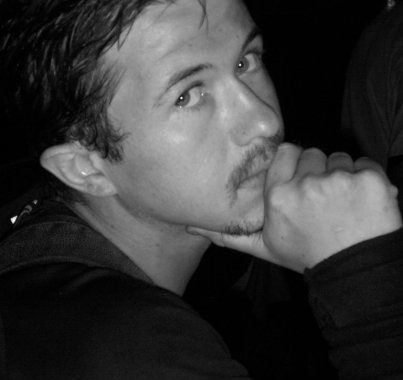
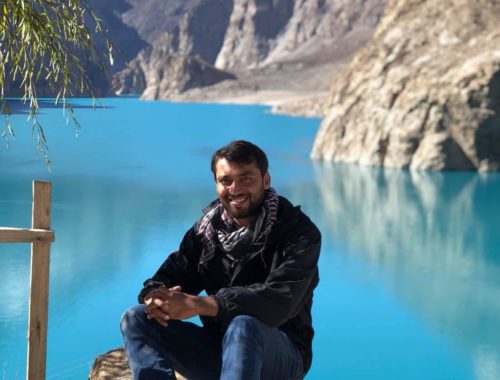
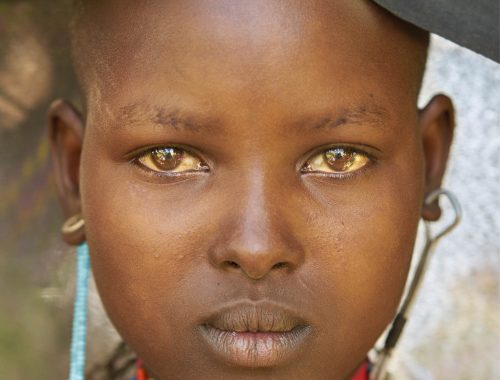
No Comments